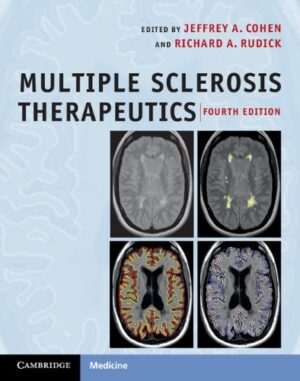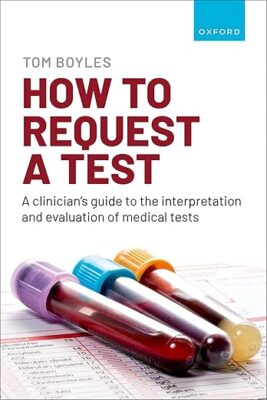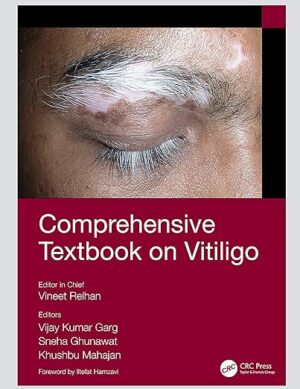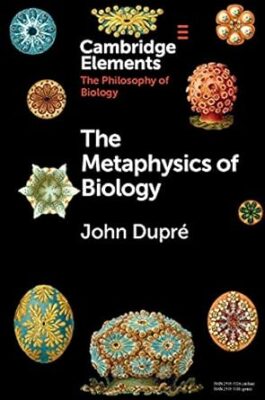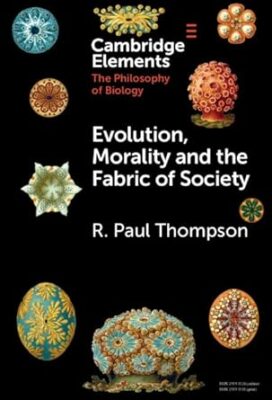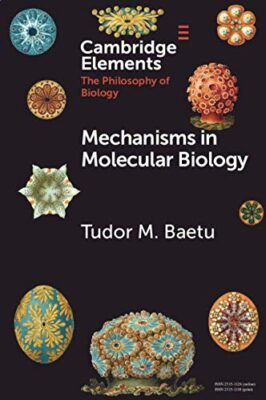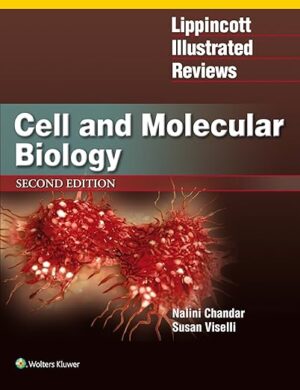Hearing Science Fundamentals, Second Edition 2nd Edition
NOTE: This book comes with supplementary content on a PluralPlus companion website. If you purchase or rent a used copy of the printed book, the code to access the website printed inside the book may have been previously redeemed/used or be incorrect and you will not be able to use it. To guarantee access to the website, it is recommended you purchase a new copy of this book.
Hearing Science Fundamentals, Second Edition maintains the straightforward style of the previous edition, introducing the basic concepts in hearing science in an easy-to-understand format. With a wide variety of student-friendly features and instructor resources, this comprehensive textbook facilitates the absorption of technical material by both undergraduate and graduate students.
The text is divided into four clear sections to cover everything from the physics of sound to the anatomy and physiology of the auditory pathway and beyond. The textbook begins by delving into the basics of acoustics and digital signal processing (DSP). In the next section, readers will find full coverage of the basic anatomy and physiology of the auditory mechanism. The third section contains eight chapters on psychoacoustics and how sound is perceived via the auditory pathways. The book wraps up with a brand-new section devoted to pathologies of the auditory mechanisms.
New to the Second Edition
- New coauthor, Jeremy J. Donai, AuD, PhD, brings his extensive clinical and research experience to the concepts discussed
Nine new chapters, including
- Review of Speech Acoustics (Chapter 2)
- Digital Signal Processing (Chapter 3)
- Binaural Processing (Chapter 8)
- Temporal Processing (Chapter 10)
- Signal Detection Theory (Chapter 13)
- Auditory Perception and Hearing Impairment (Chapter 14)
- Separate and expanded chapters for Pathologies of the Auditory Mechanism (Chapter 9) from first edition.
-
Pathologies of the Conductive Auditory Mechanism (Chapter 15)
-
Pathologies of the Sensory Auditory Mechanism (Chapter 16)
-
Pathologies of the Central Auditory Mechanism (Chapter 17)
- Clinical Notes intended to bridge the gap from classroom to hearing clinic have been added throughout the text
- Vocabulary Checks throughout all the chapters
- Evidence-based information incorporated throughout the text
- Updated Recommended Readings list
- Ancillary materials accessible on a PluralPlus companion website: a sample syllabus, test bank, and PowerPoint lecture slides for instructors, and practice quizzes, word-building and anatomy-labelling exercises, audio examples, and overview lecture videos for students
Key Features
- Learning objectives and key terms at the beginning of each chapter prepare the student for the chapter contents
- Two-color anatomical and line illustrations aid understanding of important technical concepts
- Q & A boxes reinforce important information presented in the text
- A glossary of important terms
DOWNLOAD THIS MEDICAL BOOK



